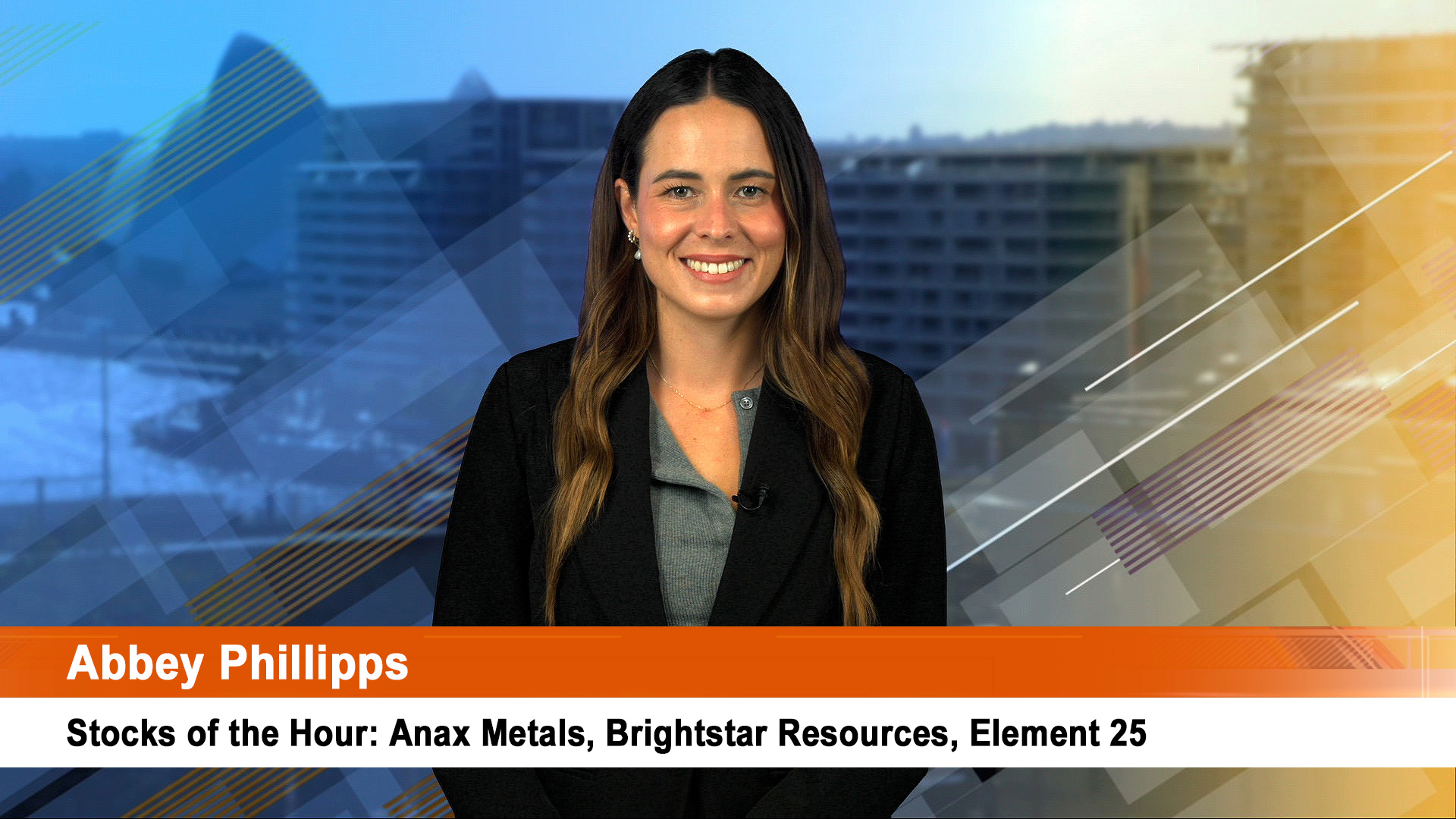
August’s trade figures revealed the impact of the sharp rise in the value of the Aussie dollar, especially against the US currency, but car industry sales reveal that the slump of a few months ago is rapidly disappearing.
The RBA board, contemplating yesterday’s rate decision, would not have found any evidence of an overheating economy from the trade figures, but the car sales numbers would have added to the feeling that the economy was over the worst and it was indeed time for a rate hike.
The trade figures however do tell us that the local economy is still subdued, with import costs being depressed by the strong value of the dollar, and exports returns slashed by the same factor.
In fact the ABS used an exchange rate average of 83.44 US cents for August, which was the highest average since the same month of last year when it was 88.10 US cents.
That will rise this month after yesterday’s rate rise and the surge in the value of the dollar past 89 US cents.
That has helped drive down the value of imports and export returns.
Exports fell 2% in August and imports fell 3% to produce a trade deficit of $1.524 billion (seasonally adjusted), down 15% on the restated (upwards) July deficit of $1.783 billion (originally $1.556 billion).
Helping drive imports lower was the rise in the value of Australian dollar which helped produce a sharp fall in the value of the oil imports, consumption goods and intermediate and other merchandise goods ($592 million, $305 million and $729 million respectively).
Exports fell thanks to the stronger dollar which helped produce a fall in the value of coal (down $248 million), non-rural goods (off $318 million) and rural goods (down $62 million).
Economists had forecast a deficit of $900 million for August.
The figures reveal a trade account still being battered by the weak global economy and the sluggish level of domestic demand.
Exports have fallen by 25% or more than $6.7 billion from September 2008, thanks to the rise in the value of the Aussie dollar, sharply lower prices for coal, iron ore and oil and LNG. Volumes have also fallen, especially for coal.
Imports are down in the same period: down $4.3 billion or around 17%. The rise in the value of the Australian dollar has helped put downward pressure on import prices.
The stronger dollar is helping car importers and dealers recover margins by cutting the landed cost of vehicles.
That seems to be starting to show up in sales figures.
The Federal Chamber of Automotive Industries (FCAI) sales figures for September showed that 78,131 passenger cars, SUVs and commercial vehicles were sold last month, down just 3.5% (or 2,807 vehicles) from September 2008 and a rise of 6.6%, or more than 4,800 vehicles from August’s figure of 73,287.
“This was a good month with a stronger than expected result,” FCAI Chief Executive Andrew McKellar said in a statement.
“The September figure demonstrates signs of consolidation in the new vehicle market,” Mr McKellar said.
“Some areas of buyer confidence remain fragile and an interest rate rise is premature,” he said.
“Economic stimulus has resulted in positive business sales but private buyers need the confidence to return to showrooms in larger numbers,” Mr McKellar said.
Year-to-date 681,974 new vehicles have been sold, down 13.1% compared to the same period of 2008.
In the 8 months to August, car sales were just over 14% lower than the same period of 2008. That was 100,151 vehicles against the 60,384 at the end of September.
Toyota remains in the top sales position for September with 16,007 vehicle sales, ahead of Holden with 9,744 and Ford with 8,427.













